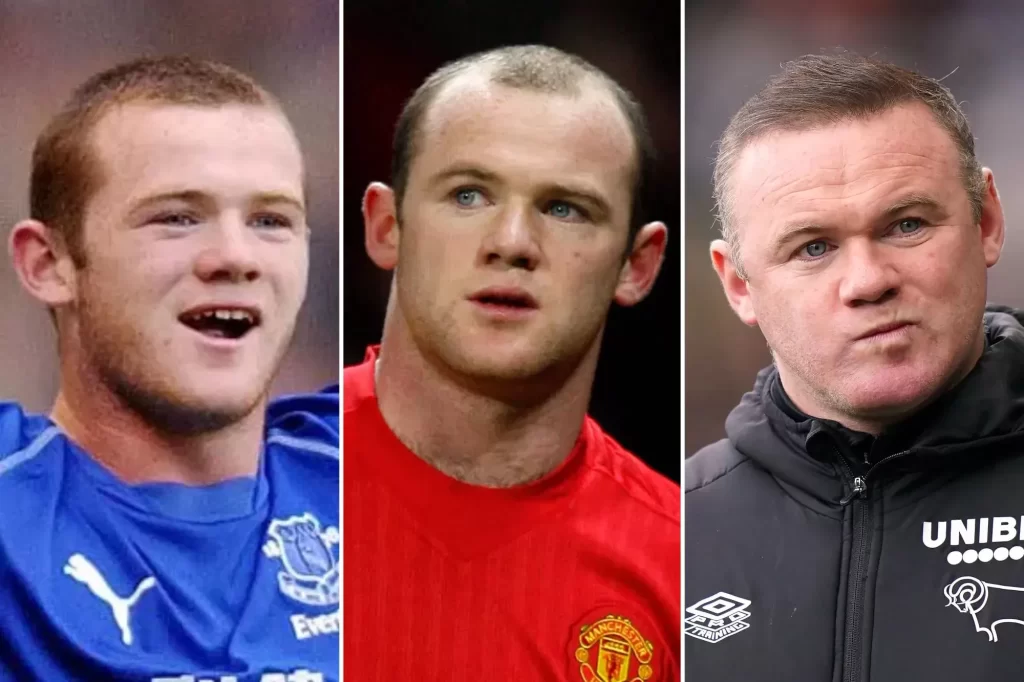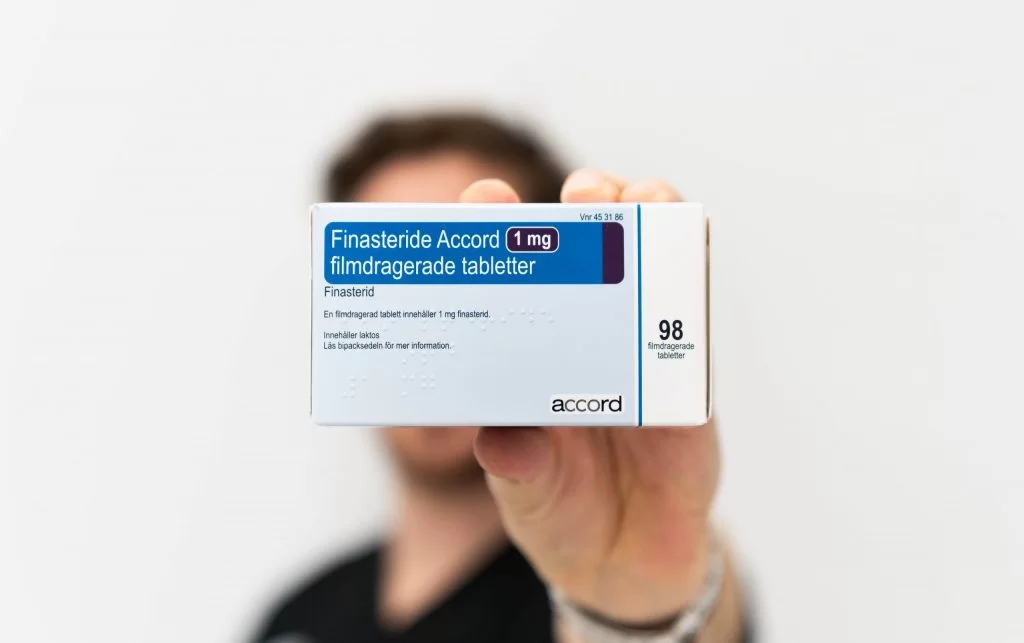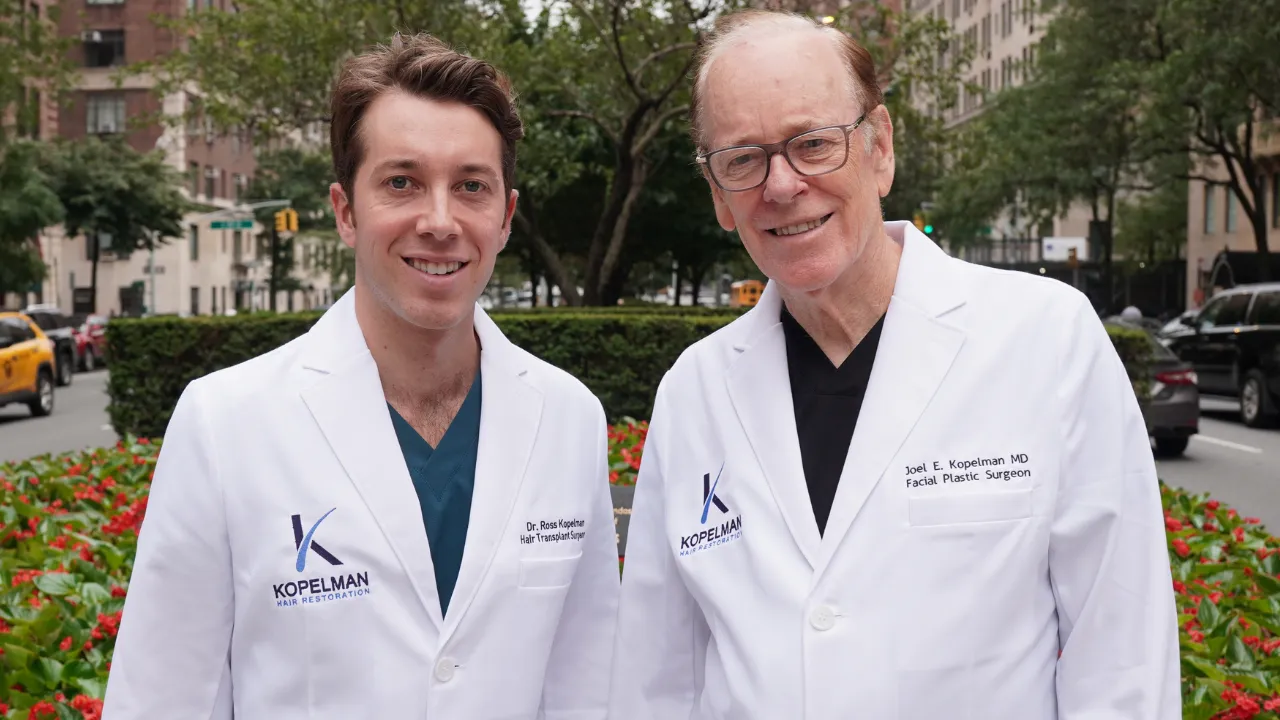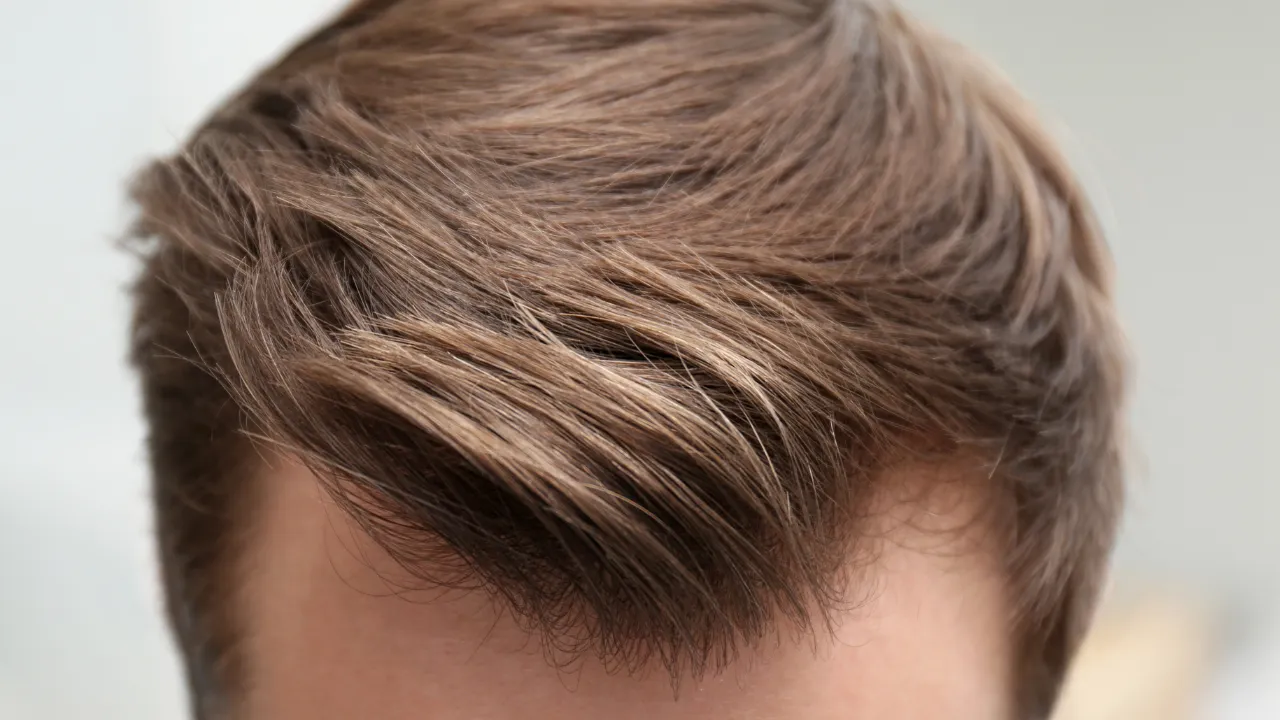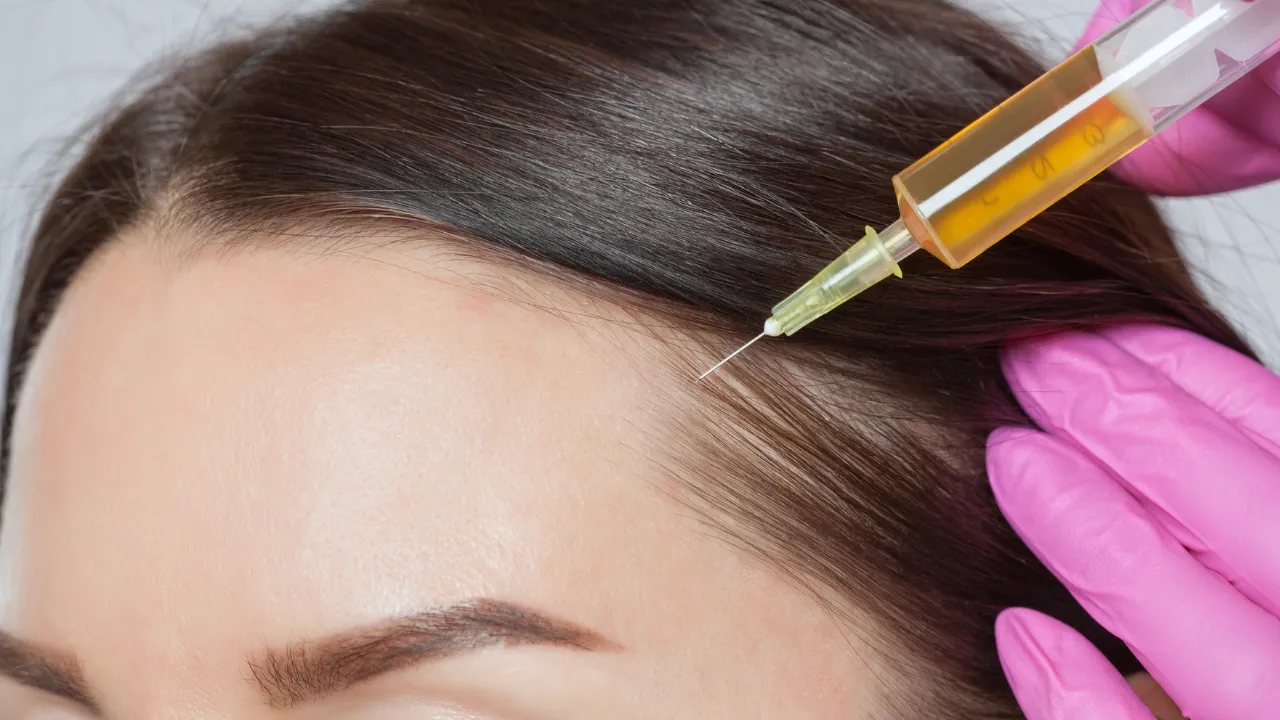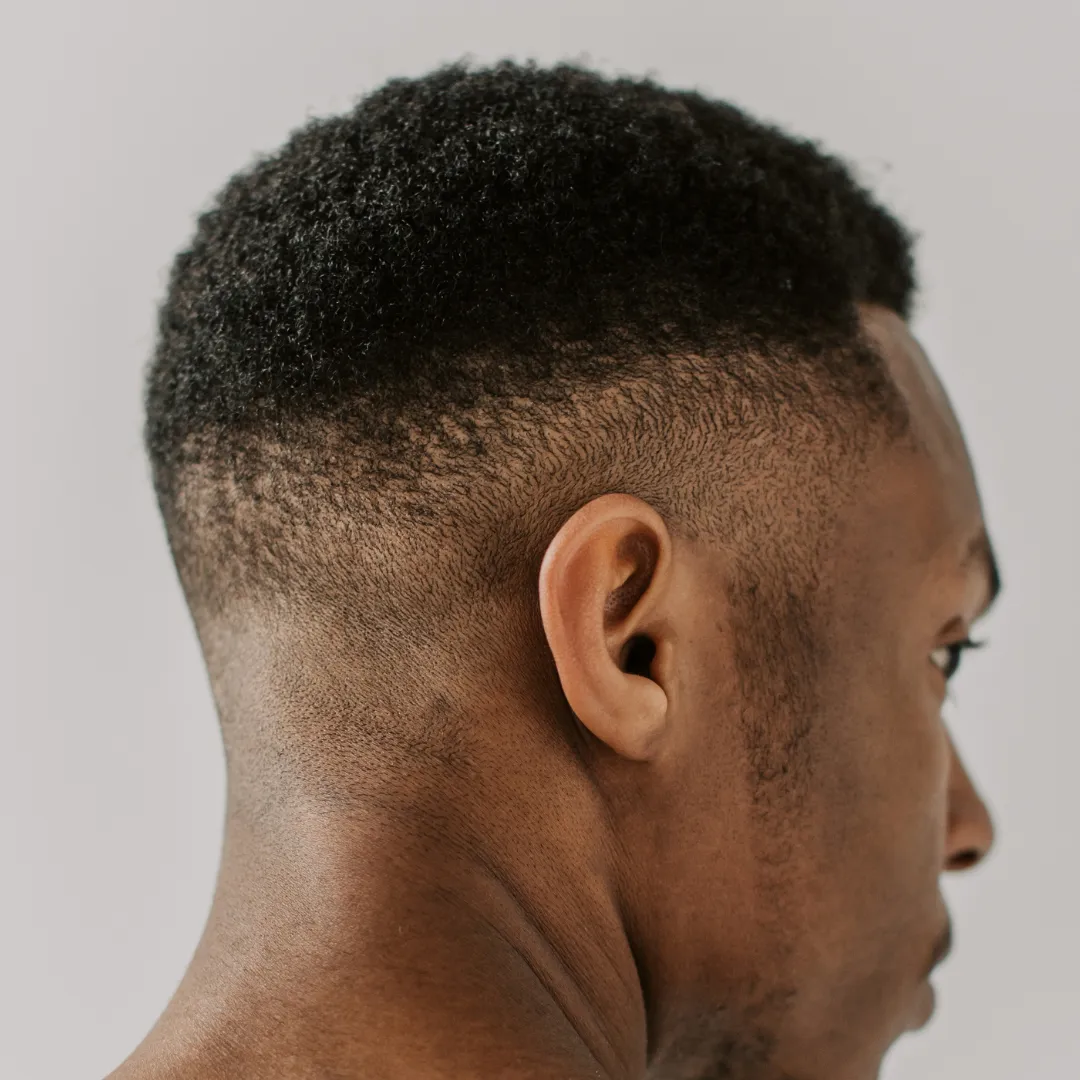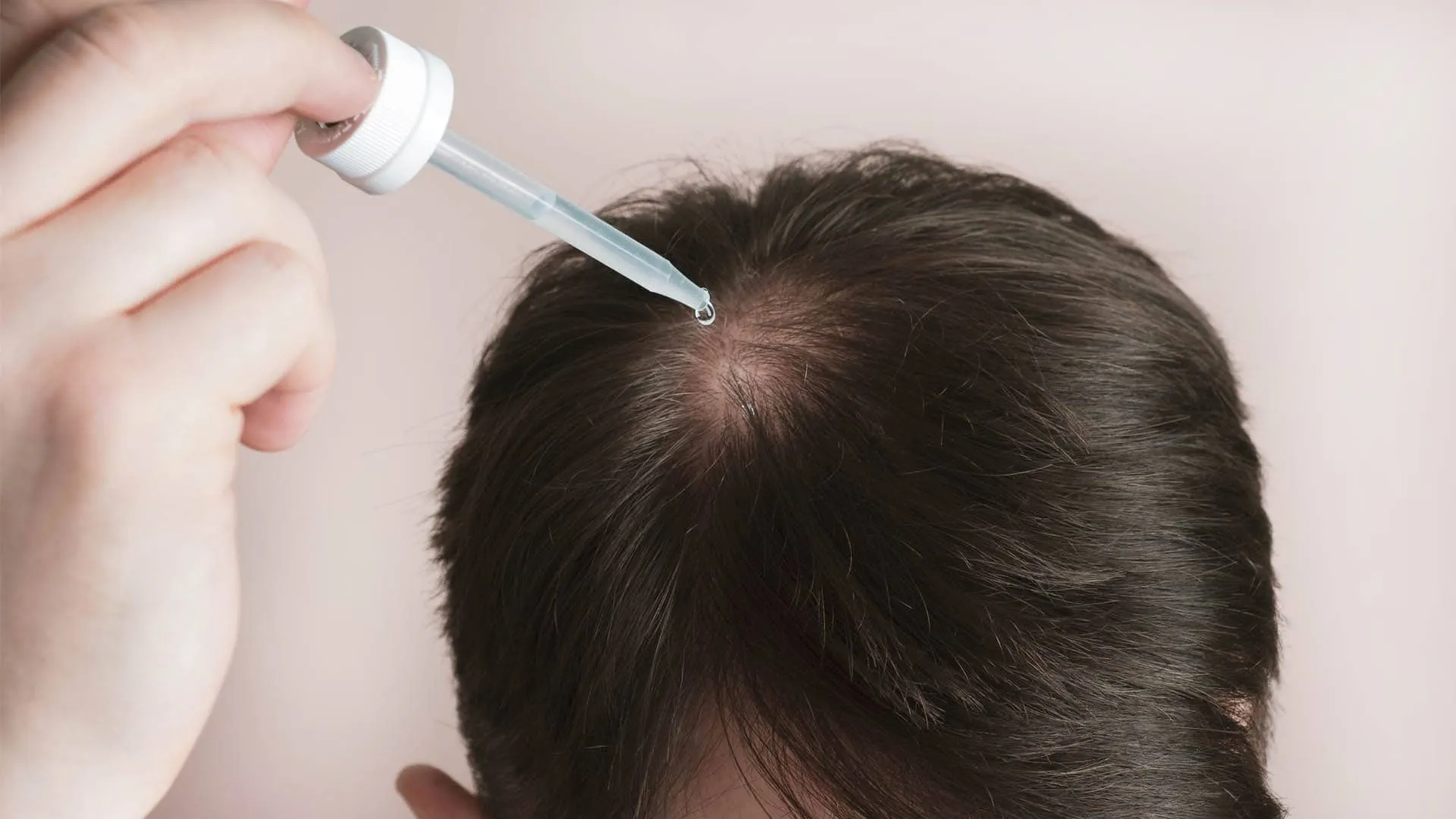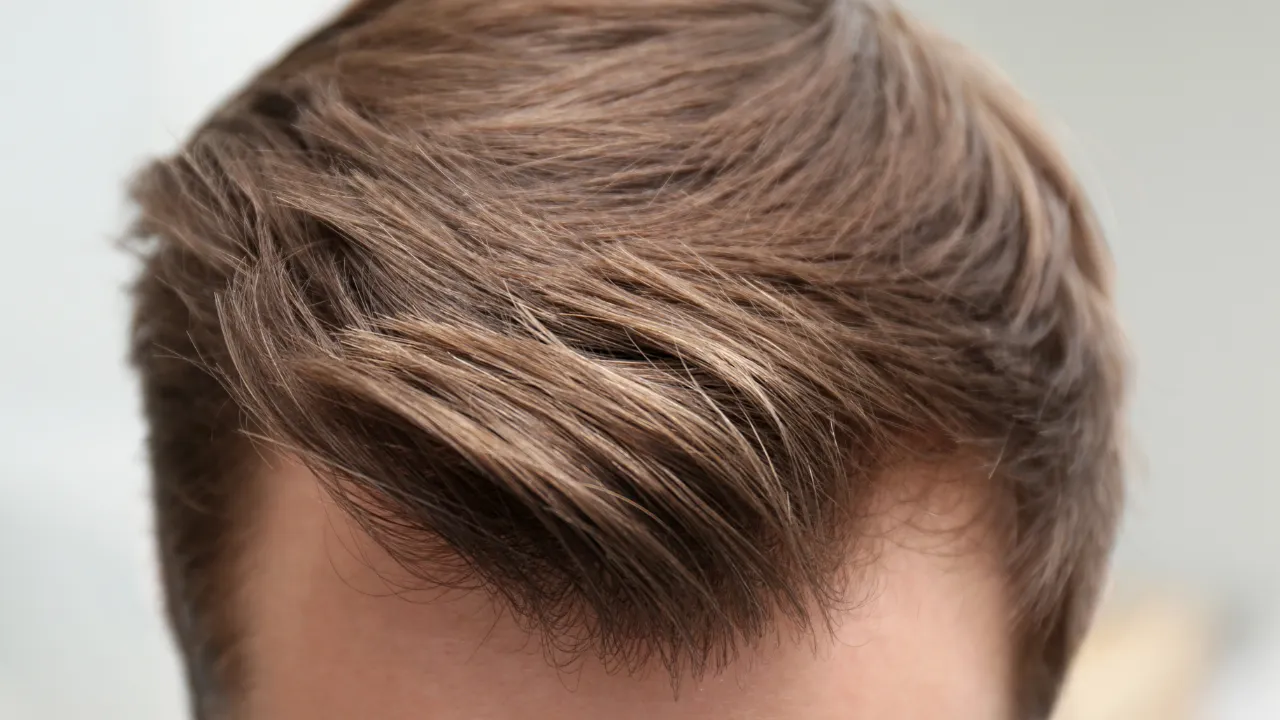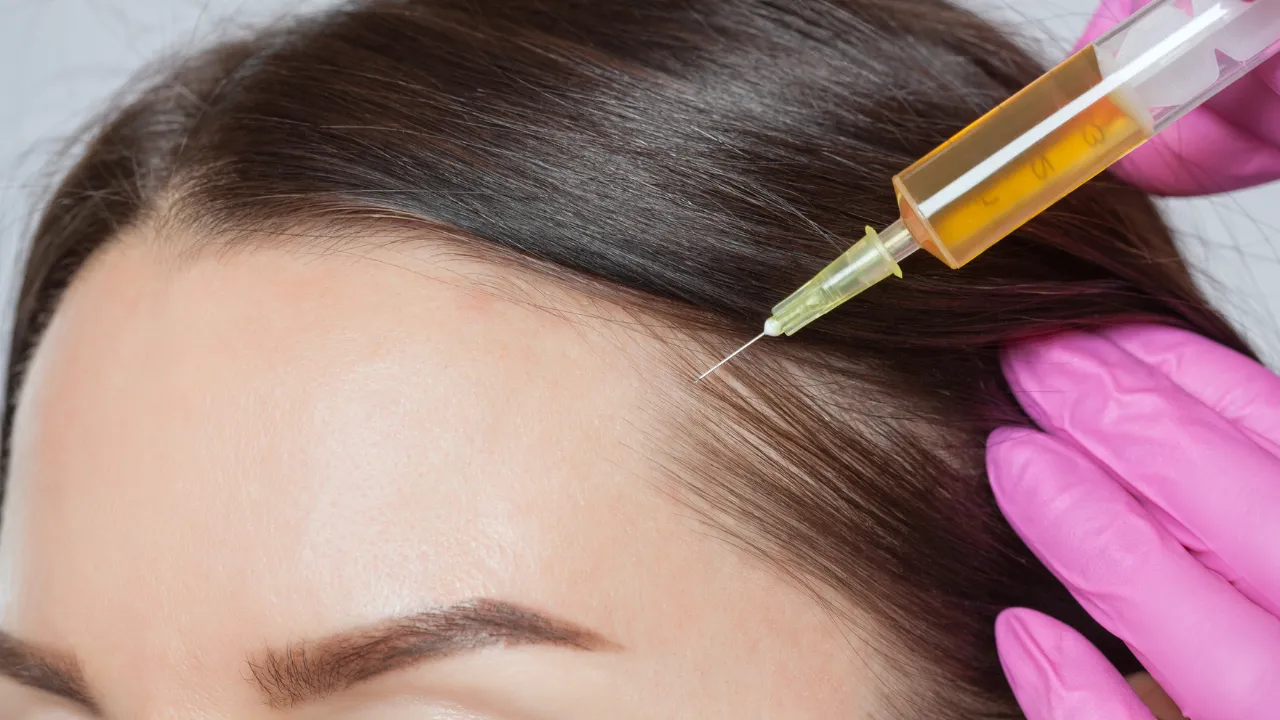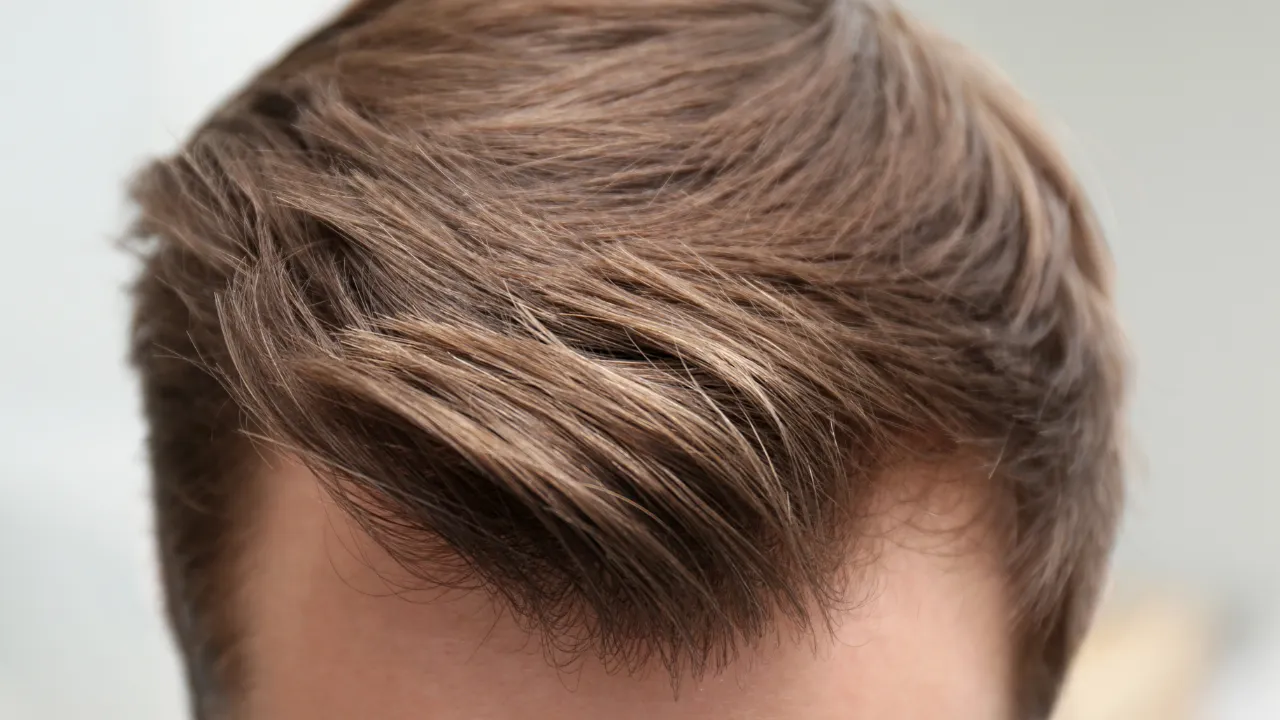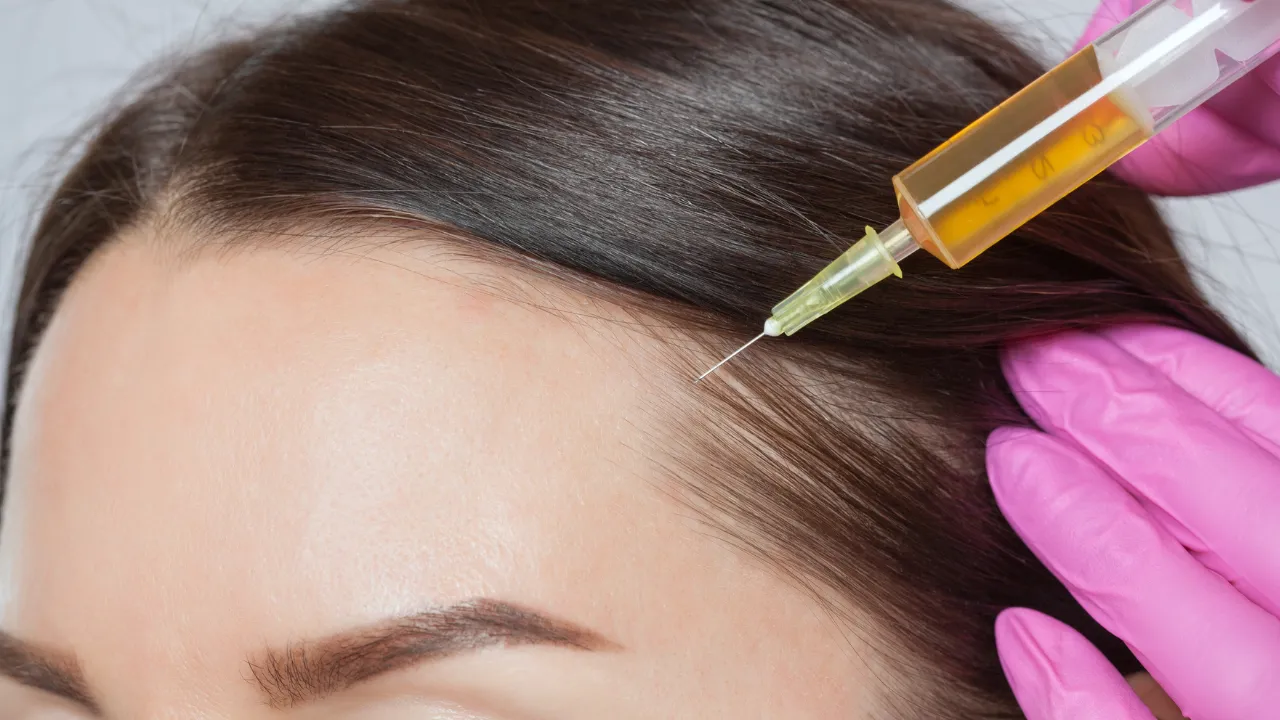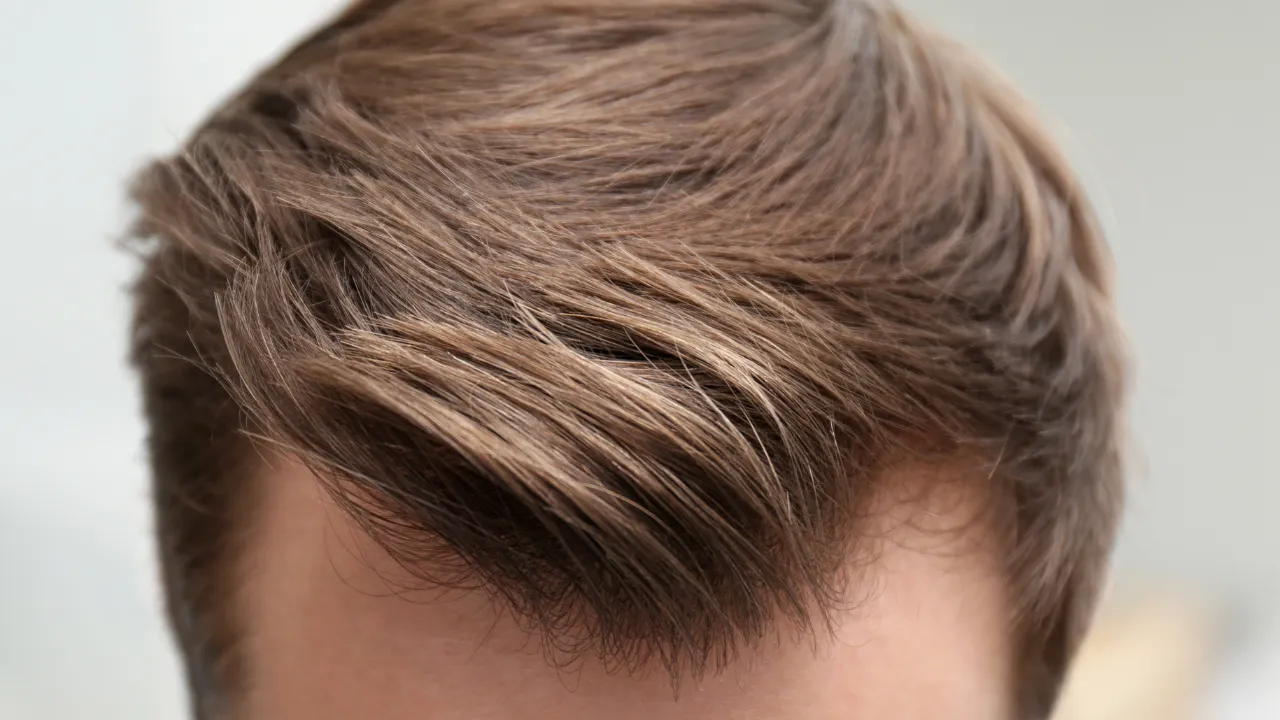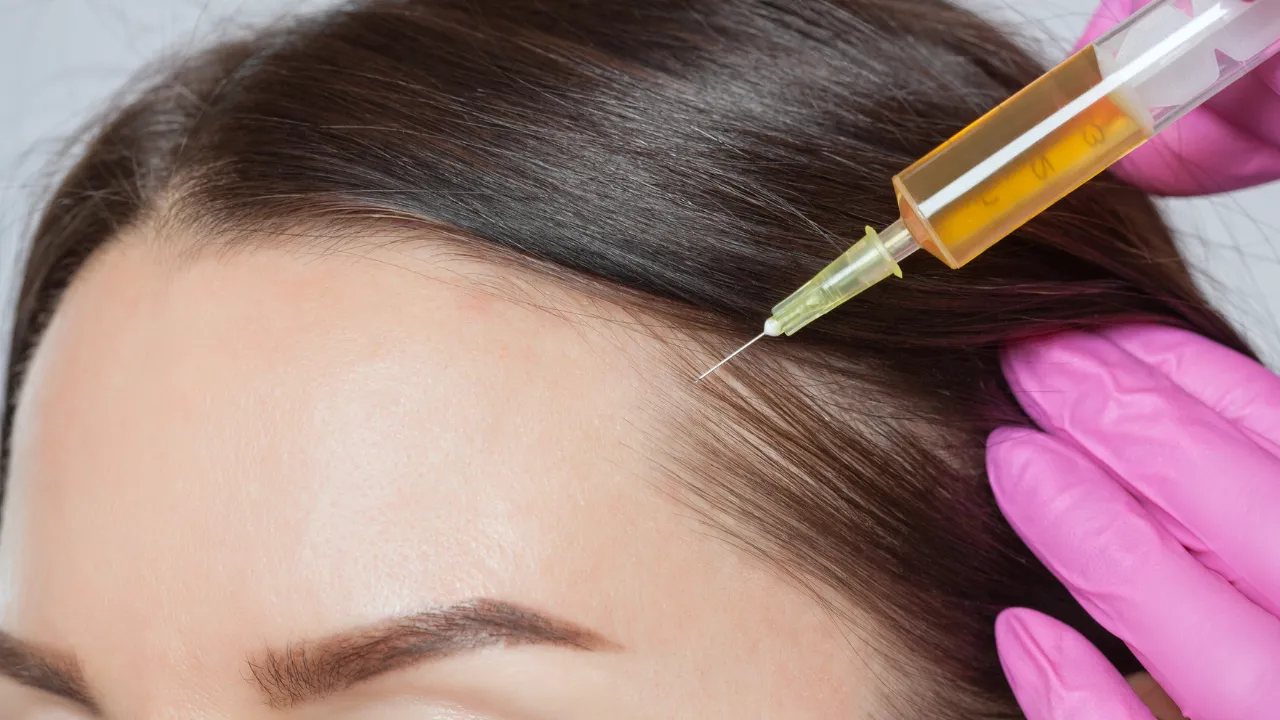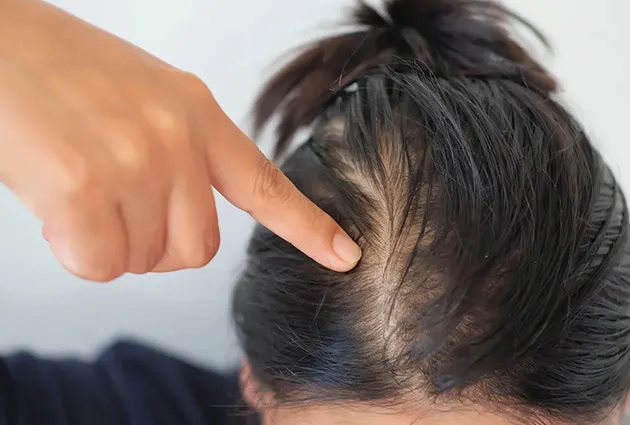Table of Contents
ToggleKey Takeaways from Wayne Rooney’s Hair Journey
- Wayne Rooney’s story shows that hair transplants can be life-changing when performed by skilled professionals.
- His openness has helped reduce the stigma many men feel about seeking hair restoration.
- Choosing the right surgeon, understanding costs, and preparing for maintenance are critical to achieving good results.
- Patients should remember that transplants improve appearance but cannot completely reverse natural hair loss patterns.
Why Wayne Rooney Chose Hair Restoration
Early Signs of Baldness and Hairline Changes
Rooney showed signs of male pattern baldness in his twenties, with a receding wayne rooney hairline and thinning hair. Rooney’s receding hairline was noticeable in photos, sparking media speculation and fan discussions.
Media attention grew as his hair loss became noticeable. Dr. Kopelman shares, “When men like Wayne Rooney notice thinning early, it’s the ideal time to act.” Acting quickly can preserve hair and reduce the need for major surgery later.
For many men, hair loss impacts confidence and public perception. Early treatment helps prevent severe balding. Dr. Kopelman advises patients not to wait until loss becomes significant.
Impact on Career and Public Image
Constant public appearances put Rooney’s image under scrutiny. His Wayne Rooney hair replacement choices often made headlines, sometimes overshadowing his football career. Unlike many public figures, he openly discussed his procedures, normalizing hair restoration and reducing the stigma around Wayne Rooney hair implant surgery. This openness has inspired others to seek help without shame.
Wayne Rooney’s Hair Journey
Timeline of Procedures and Clinics
Rooney hair operation started in 2011 when he publicly confirmed having a transplant. Over time, he likely had touch-ups for density and refinement. Experts suggest he chose reputable UK clinics, though he never publicly named them.
His announcement spread quickly across social media, fueling widespread discussions about hair restoration. Wayne’s admissions marked the start of a public hair transplant journey that encouraged others facing similar challenges.
These modern techniques help patients achieve natural looking results that blend smoothly with existing hair, reducing any visible signs of surgery.
Hair Treatments Wayne Rooney Used (FUE, Plugs, Implants, Beard Transplant)
Rooney used modern methods like FUE hair transplant rather than outdated Wayne Rooney hair plugs. FUE moves individual hairs for a natural result and minimal scarring. The technique, often called follicular unit extraction FUE, is popular because it leaves tiny, nearly invisible scars. Follicular unit transplantation (FUT), another method, involves removing a strip of scalp but leaves a linear scar.
Modern hair transplant procedures are more precise and minimally invasive than older techniques. There’s no strong evidence he had a Wayne Rooney beard transplant, though some speculate online. FUE and Wayne Rooney hair implant procedures now look much more natural than past methods.
Costs and Affordability
Understanding hair transplant cost is key for planning. A Wayne Rooney hair surgery ranges from $15,000 to $25,000, depending on grafts and the clinic’s reputation. While celebrity cases cost more, average patients can find affordable options. Dr. Kopelman encourages open discussions about costs to avoid surprises. Choosing an expert surgeon ensures better value and long-term satisfaction.
You can explore more about celebrity hair transplant in NYC and how Dr. Ross Kopelman helps public personalities achieve natural results.
Medical Risks of Hair Transplants
Like any cosmetic procedure, hair transplant surgery has risks. Patients may experience swelling, temporary hair shedding, or discomfort. Proper care ensures that transplanted hairs survive and grow naturally, avoiding patchy or uneven results.
Dr. Kopelman adds, “Most risks are manageable if patients follow post-operative instructions carefully.” A skilled surgeon and proper aftercare reduce complications and improve results.
Is Hair Transplant Surgery Painful?
Fear of pain is one reason some people delay hair restoration. Dr. Kopelman says that modern techniques like follicular unit extraction FUE are designed to be minimally invasive and cause minor discomfort. Patients typically receive local anesthesia, so they feel pressure but not sharp pain during the procedure. Post-surgery, mild soreness or tightness may occur, but most discomfort normally subsides within a few days.
Advances in hair surgery mean recovery is faster and far less painful than older methods like strip harvesting. Discussing concerns with your surgeon can ease worries and help you prepare mentally.
How to Check Your Surgeon’s Qualifications
Choosing a qualified surgeon is essential. Patients should:
- Check medical licenses and experience
- Review before-and-after galleries
- Read patient reviews
- Confirm familiarity with wayne rooney hair transplant methods
Dr. Kopelman emphasizes, “Patients should never feel pressured to decide on surgery quickly.” Quality clinics provide honest consultations and realistic expectations.
Hair Transplant Aftercare and Recovery
Recovery is critical for good results. Dr. Kopelman advises:
- Avoid touching the transplant area
- Sleep with the head elevated
- Follow medication instructions
- Avoid heavy exercise initially
- Keep the scalp clean
Patients often return to work within days after hair restoration surgery, with swelling subsiding in a week. Proper aftercare supports successful hair growth.
How Long Do Hair Transplants Last?
Many patients wonder how long their results will hold after hair restoration. Dr. Kopelman explains that while transplanted hair is usually permanent, surrounding hair can still thin over time, leading to possible future touch-ups.
On average, good transplants can look natural for decades, especially when combined with medications like finasteride to slow ongoing loss. Knowing that transplanted hairs are typically resistant to hair loss gives many patients confidence, but planning for the future remains important for lasting results.
Wayne Rooney’s Hair Results and Current Status
Before and After Changes
Comparing wayne rooney before after photos shows clear improvements. His hairline appears fuller, and his look has become more youthful. Media outlets highlight his transformation to demonstrate successful outcomes. Dr. Kopelman uses Rooney’s case to set realistic expectations for wayne rooney hair replacement results.
Wayne Rooney’s Hair Status in 2024-2025 — Is Treatment Ongoing?
As of 2025, Rooney’s hair remains stable, suggesting good maintenance. Experts think he may have touch-ups to preserve density. Dr. Kopelman recommends ongoing care because hair loss can progress after initial surgery. A wayne rooney hair transplant often brings both cosmetic and confidence benefits, but follow-up remains crucial.
Alternatives to Hair Transplants
Some may avoid surgery for personal or medical reasons. Dr. Kopelman suggests options like:
- Medications (minoxidil or finasteride)
- Low-level laser therapy (LLLT)
- PRP treatments
- Hair systems for immediate coverage
Though these won’t recreate new hair like surgery, they help manage wayne rooney baldness and preserve existing hair.
Verified Sources About Wayne Rooney’s Hair Transplant
Rooney confirmed his transplant on Twitter in 2011, telling fans he was happy with the results. News outlets like the BBC also covered his hair changes. Linking to trusted sources helps readers verify the facts discussed.
Controversies and Challenges
Did Wayne Rooney’s Hair Transplant Fail?
Some photos led to rumors that Rooney’s transplant failed. Often, images showing thin spots result from lighting or different haircuts. True failures happen if the surgeon lacks skill, donor hair is weak, or patients skip aftercare. Rooney’s honesty helped clear misconceptions. Dr. Kopelman explains that good results require skilled technique and ongoing maintenance.
Common Reasons Hair Transplants Don’t Last
Transplants might fade over time due to:
- Ongoing hair loss around transplanted areas
- Poor blood supply
- Aggressive surgery causing scarring
- Unrealistic expectations
Hair transplants move existing hair but can’t stop future loss. Dr. Kopelman advises long-term care to maintain results.
Hair Transplant Lessons and Celebrity Comparisons
Celebrity and Footballer Hair Transplants — What Sets Them Apart?
Stories like Rooney’s have made celebrity hair transplants more public, reducing secrecy around hair loss solutions. Other footballers like David Beckham have faced similar rumors. Celebrities often have access to advanced techniques and privacy but still rely on surgical skill for good results. Dr. Kopelman reminds patients that quality matters more than fame.
Wayne Rooney’s Influence on Men’s Hair Transplants
Wayne Rooney’s decision to go public about his transplant changed perceptions for many men. Before his openness, hair restoration was often kept secret due to embarrassment. His transparency helped normalize conversations about male hair loss and boosted interest in procedures among everyday people, not just celebrities.
Dr. Kopelman notes, “High-profile patients like Rooney have helped make hair restoration an accepted solution rather than something to hide.”
Should You Consider FUE or Other Methods?
FUE is popular for:
- Minimal scarring
- Quick recovery
- Natural hairline creation
Some patients choose FUT for large grafts, but it leaves a scar. A consultation with experts like Dr. Kopelman helps pick the best method.
Hair Transplant Scars and How to Minimize Them
Some people worry that hair transplants leave visible scars. Modern hair transplant procedures like FUE create tiny dot scars that are usually undetectable, even with short haircuts.
Techniques like follicular unit transplantation (FUT) leave a linear scar but might be a good choice for patients needing large graft numbers. Dr. Kopelman advises discussing scar risks with your surgeon to decide which method best fits your hair goals. Proper post-op care also helps scars heal smoothly and fade over time.
Tips for Choosing Clinics and Setting Expectations
Before surgery, patients should:
- Research several clinics
- Check surgeon experience
- Request clear cost breakdowns
Dr. Kopelman emphasizes, “Patients should never feel pressured to decide on surgery quickly.” Realistic expectations help avoid disappointment. A wayne rooney hair transplant can succeed with planning and expert care.
Dr. Kopelman’s Key Advice for Hair Transplant Success
Dr. Kopelman advises:
- Keep expectations realistic
- Choose experienced surgeons
- Live a healthy lifestyle
- Budget for potential future work
- Understand that hair transplants don’t prevent future loss
Following medical advice increases the chance of natural-looking, lasting results.
Schedule a consultation today to explore personalized solutions and take the first step toward achieving natural-looking results and renewed confidence.


